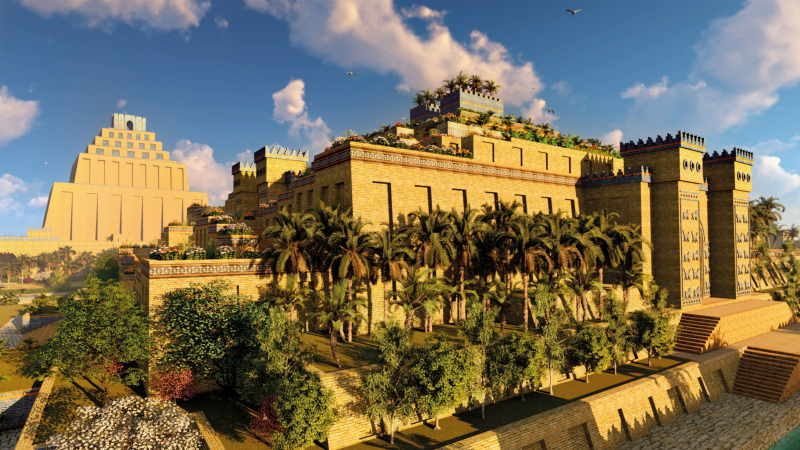The Hanging Garden
One of the Seven Wonders of the Ancient World mentioned by Hellenic culture was the Hanging Gardens of Babylon. It is also regarded as one of the most important events in ancient Babylonia. They were described as an amazing work of architecture, a vast green mountain made of mud bricks, with a rising succession of tiered gardens filled with a variety of trees, shrubs, and vines. It was rumored to have been constructed in the ancient Iraqi city of Babylon, close to the present-day town of Hillah. The word "hanging" in modern English has a narrower connotation than the Greek word "kremastós," which is translated as "overhanging" and refers to trees being planted on a raised structure like a terrace.
The Neo-Babylonian King Nebuchadnezzar II, who ruled between 605 and 562 BC, is said to have created the Hanging Gardens alongside the enormous palace known as The Marvel of Mankind for his Median bride, Queen Amytis, who allegedly missed the lush hills and valleys of her native country. A description of this was provided by the Babylonian priest Berossus, who wrote in or around 290 BC; Josephus later cited this description. The creation of the Hanging Gardens has also been credited to the fabled queen Semiramis, earning them the alternate name of the Hanging Gardens of Semiramis.
The Hanging Gardens of Babylon's actual existence hasn't been proved, though. Despite several accounts of this fabled garden, there is no archeological proof of its existence.











